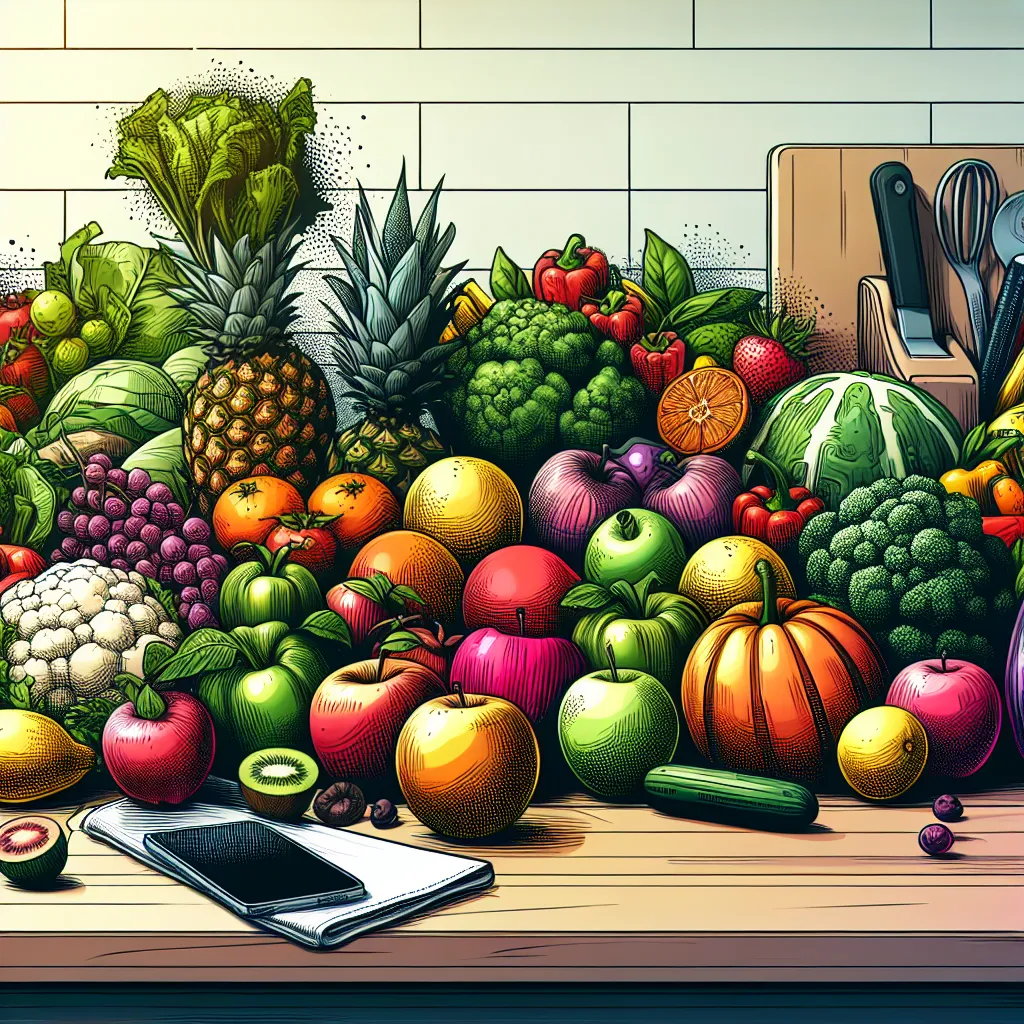Top 7 Strategies for Eating Healthy on a Budget
Eating healthy on a budget doesn’t have to be a daunting task. With a little planning and creativity, it’s possible to maintain a nutritious diet without breaking the bank. Here are the top 7 strategies for eating healthy on a budget:
- Meal Planning: Planning your meals in advance can help you make the most of your budget. It allows you to create a shopping list based on the ingredients you need, reducing the likelihood of impulse buys.
- Buy in Bulk: Purchasing staple items such as rice, beans, and whole grains in bulk can save you money in the long run. These items have a long shelf life and can be used in a variety of dishes.
- Embrace Frozen Fruits and Vegetables: Frozen produce is often more budget-friendly than fresh, and it’s just as nutritious. Stocking up on frozen fruits and vegetables ensures you always have healthy options on hand.
- Shop Seasonally: Buying fruits and vegetables that are in season can be more cost-effective. They are often abundant and less expensive when they are in season.
- Cook at Home: Eating out can quickly deplete your food budget. Cooking at home not only saves money, but it also allows you to control the ingredients in your meals.
- Limit Processed Foods: Processed foods can be expensive and less nutritious. Limiting these items in your shopping cart can free up budget for healthier options.
- Utilize Affordable Protein Sources: Beans, lentils, and eggs are affordable sources of protein that can be used in a variety of dishes. They are cost-effective alternatives to pricier options like meat and seafood.
By implementing these strategies, you can prioritize your health without straining your wallet. Eating healthy on a budget is achievable with the right approach and mindset.
Practical Tips for Affordable and Nutritious Eating
When it comes to maintaining a healthy diet on a budget, it’s crucial to have practical tips for affordable and nutritious eating. Here are seven tips to help you make the most of your food budget without sacrificing the quality of your meals.
1. Plan your meals and make a shopping list: Before heading to the grocery store, plan your meals for the week and make a list of the ingredients you’ll need. This can help you avoid impulse buys and ensure you only purchase what’s necessary.
2. Buy in bulk: Purchasing staple items like rice, beans, and oats in bulk can be cost-effective in the long run. These items have a long shelf life and can be used in a variety of healthy recipes.
3. Prioritize seasonal produce: Fruits and vegetables that are in season are often more affordable and fresher than their out-of-season counterparts. Look for local farmer’s markets or community-supported agriculture (CSA) programs for the best deals on seasonal produce.
4. Choose plant-based proteins: Beans, lentils, and tofu are inexpensive sources of protein that can easily be incorporated into meals. They are also high in fiber and packed with nutrients, making them a budget-friendly and nutritious alternative to meat.
5. Limit processed and convenience foods: Pre-packaged and convenience foods may seem convenient, but they tend to be more expensive and less nutritious. Opt for whole foods and prepare meals at home to save money and improve your diet.
6. Minimize food waste: Get creative with using leftovers and making the most of ingredients. Vegetable scraps can be used to make homemade broth, and leftover grains and proteins can be transformed into delicious salads or stir-fries.
7. Stay hydrated with water: Avoid spending money on sugary drinks and excessive amounts of coffee or tea. Water is not only the healthiest beverage option but also the most budget-friendly.
By implementing these practical tips, you can enjoy affordable and nutritious meals while sticking to your budget, ultimately contributing to a healthier lifestyle.



